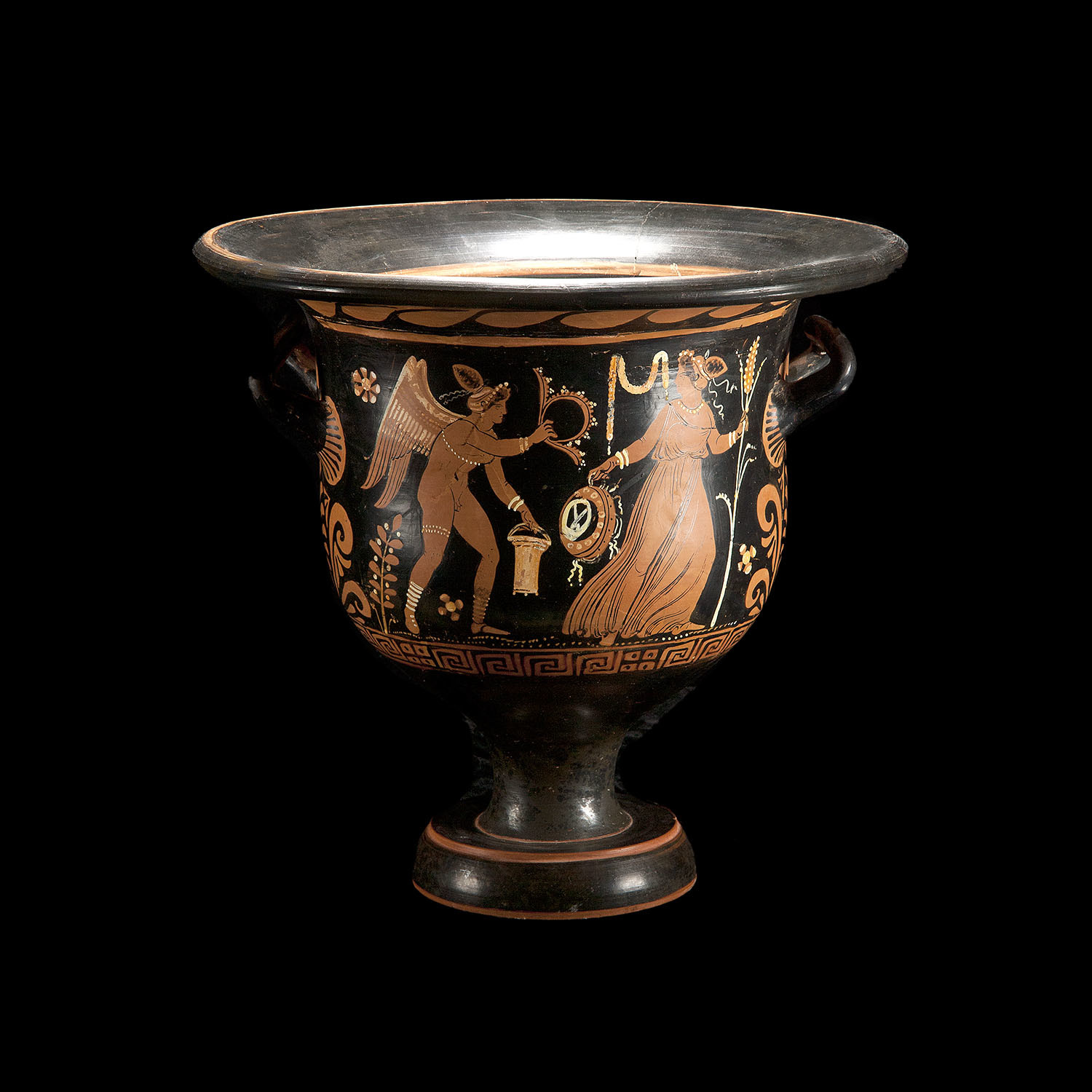Hi Carry_Your_NameYou're not testifying that truth of God's. I asked you if you read Revelation as prophecy, you said yes, but obviously you don't, it's nothing but an instruction manual for you. I don't understand you as much as you don't understand me, because I, first and foremost, read the Scripture as a history book, the whole history of humanity, the past, present and the future.
That's great and most of us read the Scriptures that same way. Now you've determined that your understanding about these seven letters is that they haven't been written yet because John is writing about a vision that he sees happening on the 'Day of the Lord', which you define as the last coming of Jesus. I say that such letters that John will be writing on that day, according to your understanding, would be a worthless effort. On the 'Day of the Lord' the churches will be over and done with on the earth. Those who will be saved will already have been saved by the time the 'Day of the Lord' comes to the earth. Why would Jesus instruct John, on the 'Day of the Lord' to sit down and write several letters to churches that, at that point, will no longer exist? Rather than my understanding that these letters are exactly where they should be and explaining to us the failures of mankind as we move through the 'church' age in keeping their worship and fellowship activities pure before God... as we live through this age and can make corrections from the warning given in the letters.
Now, I don't think it's fair that you denigrate all Scripture study by someone who doesn't agree with this one little piece of the Scriptures, that certainly on the surface, seem to be explaining that John was actually told by Jesus to write these things down for the seven churches that are named as the first churches to be started by the traveling apostles that opened the 'church' age. But, if that's the way you see it, then I'm certainly willing to allow you to describe my Scriptural studies as you will. And yes, I absolutely agree with your understanding that the whole of the Scriptures does testify to us all that God has done in this realm of His creating... from the beginning of it in Genesis to the ending of this realm of existence described for us in the revelatory writings of the Revelation of Jesus to us. And yes, ultimately, the Scriptures are the instruction manual that God has given us concerning how He wants us to live on this earth that He created for just that purpose... but it also speaks of so much more of what God has done and is doing that some might find His promise of eternal life with Him.




